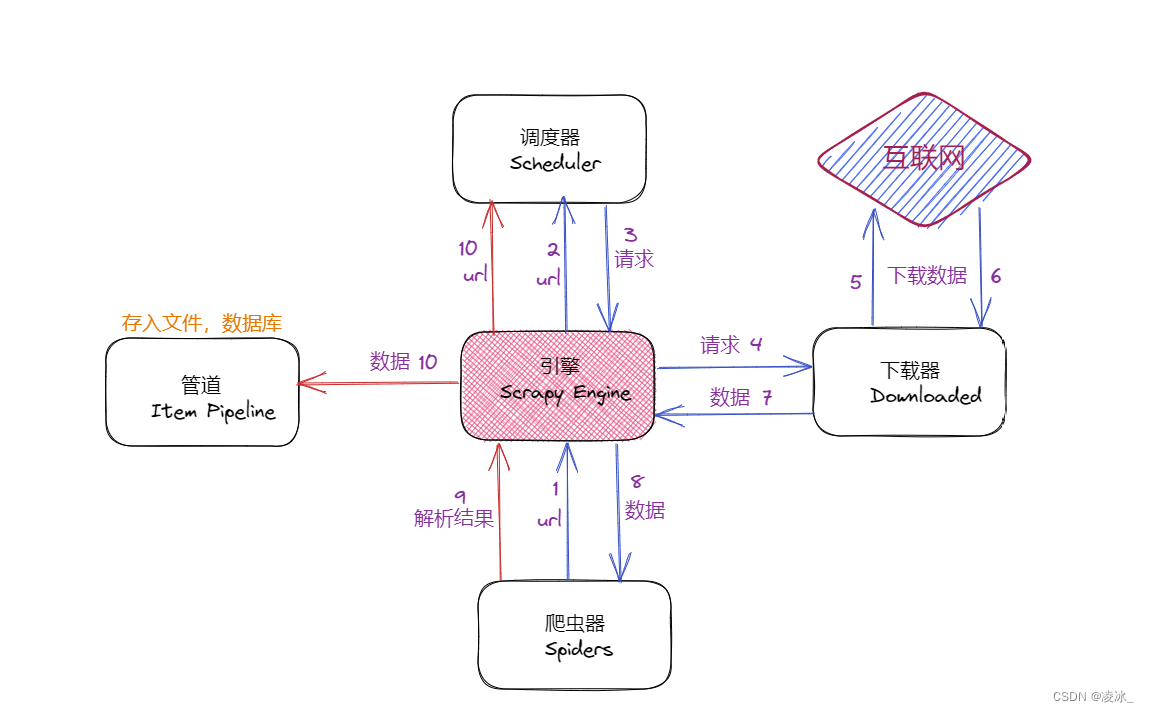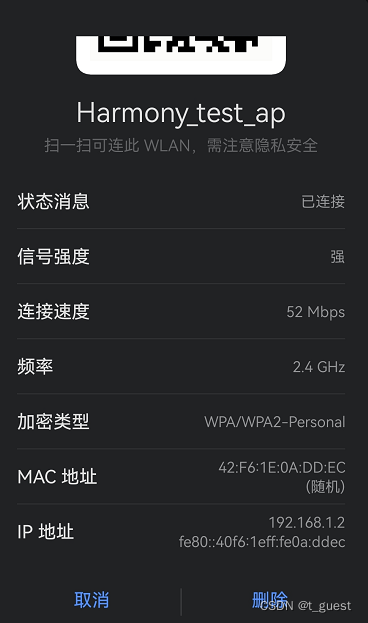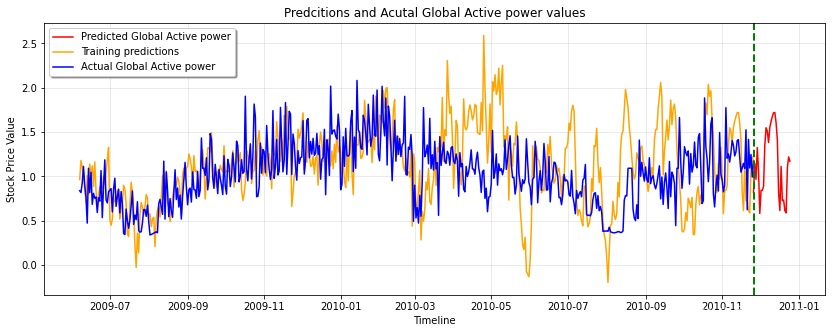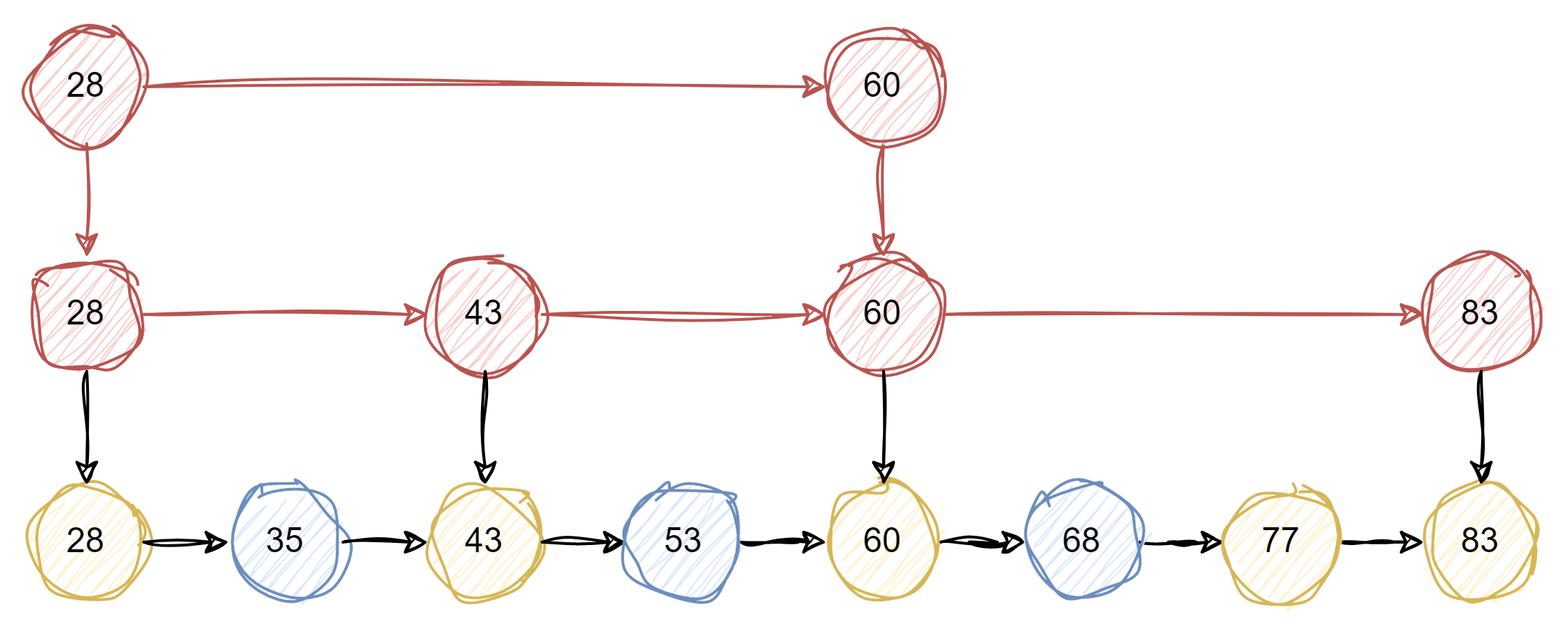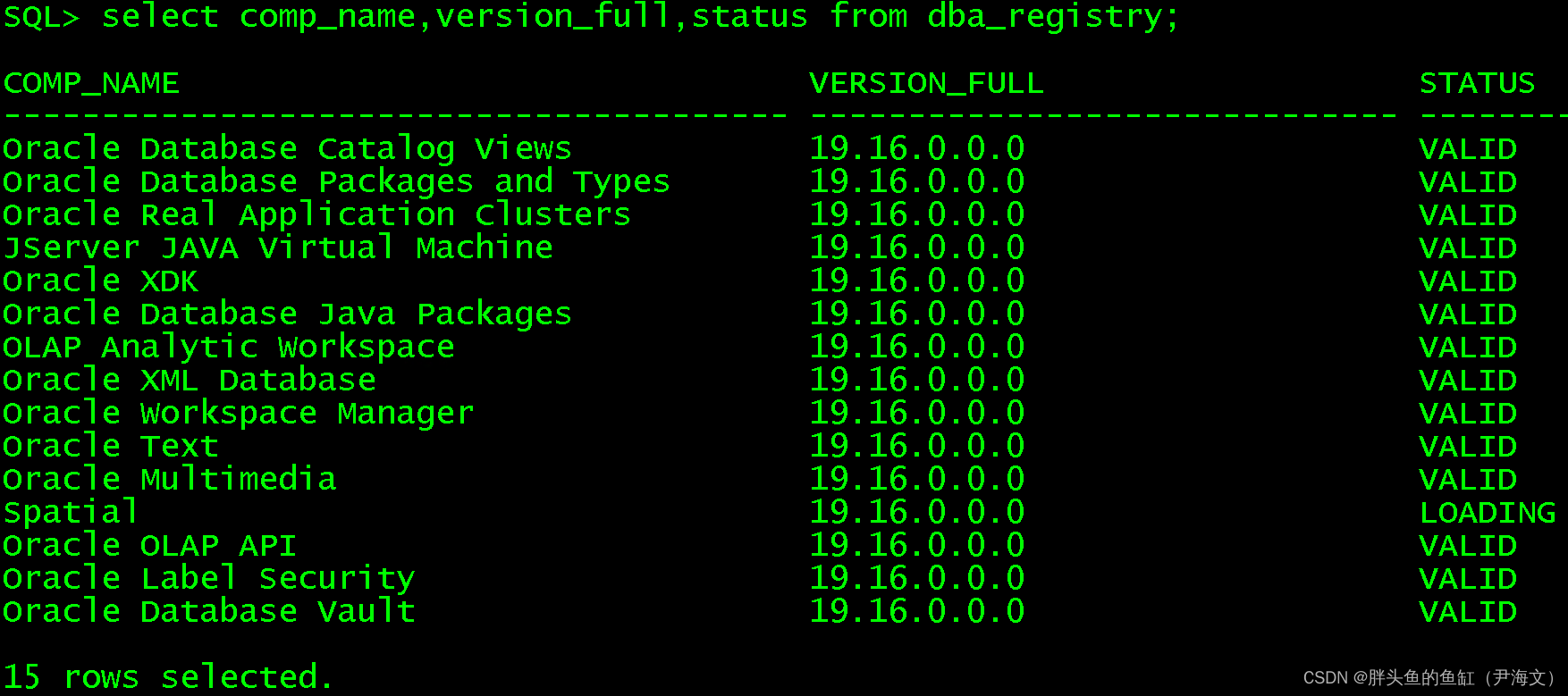明确主要需求
首先需要设计电梯系统的基本工作流程,一个简单电梯系统主要就是两个主要功能:
- 乘客在电梯外按下按钮时,电梯系统会驱动一个电梯来接人
- 乘客在电梯内部按下楼层按钮时,电梯系统会驱动该电梯到达指定楼层
根据需求来创建必要对象及属性
电梯系统类 - ElevatorSystem
用来管理系统中所有电梯类,并保存电梯调度算法 - (当乘客在外部摁键时,通过算法分配一个电梯去接人)
class ElevatorSystem {
List<Elevator> elevators;
Date datetime;
private static final ElevatorSystem instance = new ElevatorSystem();
private ElevatorSystem() {
elevators = new ArrayList<>();
}
public static ElevatorSystem getInstance() {
return instance;
}
public void addElevator(Elevator e) {
elevators.add(e);
}
public Elevator assignElevator(Request req) {
// 选一个IDLE状态的电梯,如果没有则找一个最不忙的电梯
Elevator res = elevators.get(0);
for (Elevator tmp: elevators) {
if (tmp.status == Direction.IDLE) return tmp;
else if (tmp.checkWorkLoad() < res.checkWorkLoad()) res = tmp;
}
return res;
}
}
电梯类 - Elevator
用于保存电梯的各种属性(当前层,当前状态,最大承重,能到达的最高楼层),以及电梯接送人的顺序逻辑
- 我们建立两个HashSet 来分别保存乘客向上和向下的请求,使用HashSet的优点是可以过滤掉重复请求,没到达一层时直接查找HashSet来决定停还是不停。
class Elevator {
int currFloor; // 当前楼层
Direction status; // 电梯当前方向
int maxFloor;
int maxWeight;
HashSet<Integer> upQueue = new HashSet<>();
HashSet<Integer> downQueue = new HashSet<>();
public Elevator(int maxFloor, int maxWeight) {
this.maxFloor = maxFloor;
this.maxWeight = maxWeight;
currFloor = 1;
status = Direction.IDLE;
}
public void handleRequest(Request req) {
if (req.dir == Direction.DOWN) {
downQueue.add(req.floor);
} else {
upQueue.add(req.floor);
}
}
public int checkWorkLoad() {
// 查看当前电梯繁忙程度
return downQueue.size() + upQueue.size();
}
public boolean run() {
try {
// status refresh
// when reach 1st floor then switch status to up
// when reach top floor than switch status to down
// if status is down but not req in downQ then switch status to UP
// if status is up but not req in upQ then swith status to Down
// if no req then switch to IDLE
if (currFloor==1 && status==Direction.DOWN) {
status = Direction.UP;
} else if (currFloor==maxFloor && status==Direction.UP) {
status = Direction.DOWN;
} else if (checkWorkLoad()==0) {
status = Direction.IDLE;
} else if (upQueue.size()==0) {
status = Direction.DOWN;
} else if (downQueue.size()==0) {
status = Direction.UP;
}
// move to next stop
// if status is down then find next stop and move
// if status is up then find next stop and move
if (status == Direction.DOWN) {
for (int i = currFloor; i>=1; i--) {
if (downQueue.contains(i)) {
downQueue.remove(i);
currFloor = i;
return true;
}
}
} else if (status == Direction.UP) {
for(int i = currFloor; i<=maxFloor; i++) {
if (upQueue.contains(i)) {
upQueue.remove(i);
currFloor = i;
return true;
}
}
}
} catch (Exception ex) {
System.out.println("Alert!!! call the emergency office");
}
return false;
}
}按键类 (或者请求类) - Request (InternalRequest/ExternalRequest)
这是一个抽象类,并被内部摁键类和外部摁键类继承,用于保存每一个乘客请求的具体信息
enum Direction {
UP, DOWN, IDLE
}
abstract class Request {
int floor;
Direction dir;
}
class ExternalRequest extends Request {
int floor;
Direction dir;
public ExternalRequest(int f, Direction d) {
floor = f;
dir = d;
}
}
class InternalRequest extends Request {
int floor;
Direction dir;
public InternalRequest(int f, Direction d) {
floor = f;
dir = d;
}
}(非必要) 乘客类 - Passenger
保存乘客摁键行为的类
- 按外部按键
- 按内部按键
class Passenger {
ElevatorSystem instance = ElevatorSystem.getInstance();
Elevator assignedElv = null;
public boolean pressExtButton(int floor, Direction dir) {
assignedElv = instance.assignElevator(new ExternalRequest(floor, dir));
return true;
}
public boolean pressIntButton(int floor) {
Direction dir = Direction.IDLE;
if (floor > assignedElv.currFloor) assignedElv.handleRequest(
new InternalRequest(floor, Direction.UP));
else if (floor > assignedElv.currFloor) assignedElv.handleRequest(
new InternalRequest(floor, Direction.DOWN));
else return false;
return true;
}
}根据需求来创建相应函数
电梯系统类 - ElevatorSystem
- 将外部请求调度给系统中的一架电梯 - assignElevator(Request)
电梯类 - Elevator
- 处理按键请求 - handleRequest(Request)
- 根据所有请求运行电梯 - runElevator()
(非必要) 乘客类 - Passenger
- 按外部按键 - pressExtButton()
- 按内部按键 - pressIntButton()

加分要求
- 引入Enum类来定义常量状态
- 引入单例设计模式来定义ElevatorSystem类
- 增加电梯种类(货运电梯,载人电梯,VIP电梯) 不同电梯有不同策略
- 优化电梯调度
- 闲置电梯优先
- 如果没有闲置,选取请求数最少的电梯
- 优化电梯请求处理业务
- 如果非高峰期,可以采用FIFO方式处理请求
- 如果达到高峰期,可以根据当前电梯状态按照楼层升序处理相同状态的所有请求
- 根据电梯工作高峰期来使用不同的请求处理算法,使用Strategy设计模式






